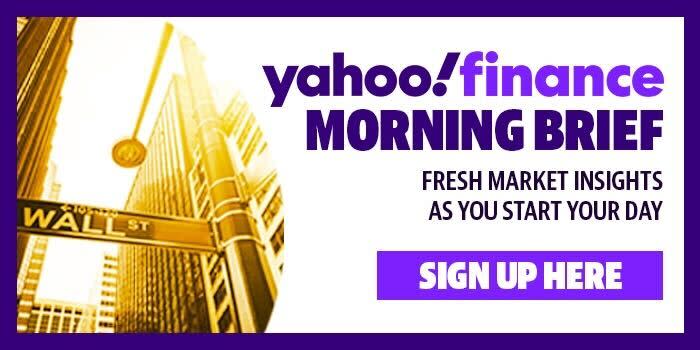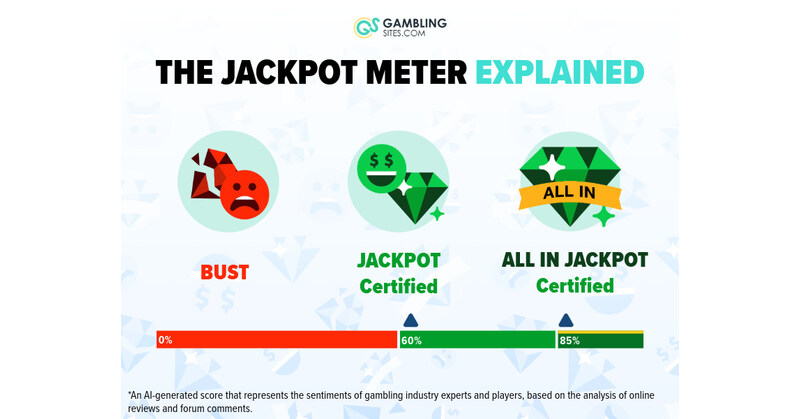A weather-distorted October jobs report recalls a key truth about economic data: Morning Brief

This is The Takeaway from today’s Morning Brief, which you can sign up to receive in your inbox every morning along with:
The October jobs report is slated for release on Friday, less than a week before the Federal Reserve will announce its next interest rate decision.
After the Fed’s half-percentage-point interest rate cut in September, other economic data has been stronger than expected, including the labor report released on Oct. 4. This would typically push the upcoming jobs report front and center to help settle the debate over whether months of cooling data, or the resurgence seen in September’s report, is the best read on the health of the jobs market right now.
Instead, investors may be struggling for any clear answers at all.
After 254,000 nonfarm payroll additions in September, consensus expects the US economy added 110,000 jobs in October. With downside pressure coming from a large strike at Boeing and several hurricanes disrupting collection data, it could prove to be one of the lowest monthly job totals of the year.
But several economists have argued a bad report, which could feature factors like an increase in temporary layoffs due to hurricane disruptions, likely won’t provide much signal for the Fed.
“The distortions to this data make the report difficult to rely on, and we doubt that the Fed will be motivated to change tack on policy based on the tone of the data,” Jefferies’ economics team led by Thomas Simons wrote in a note to clients on Oct. 25. “Similarly, the drag in October will likely be reversed in November, so we doubt we will have a clean look at the payroll data for the next few months.”
Fed officials have questioned the reliability of the upcoming payrolls print too.
“Unfortunately, it won’t be easy to interpret the October jobs report,” Fed governor Christopher Waller said on Oct. 14.
This brings us back to a common truth about economic data. The economic narrative rarely hinges on one print. It really is, as Fed Chair Jerome Powell often says, about the totality of the data. Sure, something like a surprise uptick in the unemployment rate, as seen in July, can shift the narrative quickly. But those recession fears were just as quickly unwound as more data flowed in.
When asked about weather impacting the upcoming jobs report during an event at NYU on Oct. 15, San Francisco Fed president Mary Daly noted that the jobs report is just one of “many inputs” she considers when assessing the state of the labor market.
“It’s always the case that some labor market indicator is going to be experiencing some sort of volatility,” Daly said during a reporter roundtable following the event.
So Daly turns to what the “preponderance” of evidence is pointing to, using other tools like the Fed’s Beige Book. Last week, the October release of the book showed “employment increased slightly” amid an environment that continues to be defined by “low worker turnover.”
This commentary fell in line with recent trends seen in the Job Openings and Labor Turnover Survey (JOLTS), which has painted a picture of a cooling labor market where workers are quitting their jobs less but layoffs aren’t rampant enough to push unemployment higher.
In that sense, disruptions or not, Friday’s jobs report won’t be much different than many others. It’s about trends. After looking through outside impacts where possible, the key question will remain whether or not the data will fall in line with other signs the labor market is cooling.
Josh Schafer is a reporter for Yahoo Finance. Follow him on X @_joshschafer.
Click here for the latest economic news and indicators to help inform your investing decisions
Read the latest financial and business news from Yahoo Finance
Related
136 to lose jobs when Gannett shuts down press that…
Local News “The decision to close our printing facility in Providence was prompte
Lehigh Valley receiving jobs, tourism investment from Shapiro Administration –…
Lehigh, Monroe, and Montgomery counties are among those receiving investments through the Department of Community and Economic Development’s Sports Marketing
Marine Le Pen’s fake jobs trial
Marine Le Pen's political trajectory looks more uncertain than ever after prosecutors called for a temporary ban on the far-right French leader's public office
Women and men agree that cash is king when it…
Employers right now may have the upper hand when it comes to hiring, but many employees are still eyeing the exit. That means that business leaders and HR m












